Aix-en-Provence is a Provencal city known primarily to lovers of the work of Paul Cezanne. This former capital of Provence offers many attractions and has a unique atmosphere.
It’s worth visiting Aix-en-Provence, especially if you are in Marseille or Avignon, because it’s really nearby, and just because it’s a beautiful city. It is the former capital of Provence, and is still called the city of 100 fountains. Of course, this is for good reason, because there are beautiful fountains on almost every street. Formerly, hot thermal waters used to flow from many of them.
Aix is a university city, so it’s full of pleasant pubs, clubs, and restaurants suitable for every budget.
Aix-en-Provence attractions
The city of Aix-en-Provence dates back to Roman times. Not many traces from this period have been preserved into modern times here, but Aix offers many other attractions. First of all, it is worth knowing that Paul Cezanne was born, spent most of his life, and died in this city. This French post-impressionist was one of the best painters of the nineteenth century, and his painting Card Players is one of the most expensive works sold in history. In Aix, you can visit Cezanne’s atelier (9 avenue Paul Cézanne), which now houses a museum associated with the artist. As well, 28 rue de l’Opera is the building where Cezanne was born.
While in Aix-en-Provence it is worth trying a local delicacy. These are the famous Calissons d’Aix – small, yellow chip shaped cookies topped with white icing. Their history is not entirely clear, but it is reported that they were first made in the fifteenth century, and according to some sources, even in the twelfth century. You can easily buy them in every Provencal town, and also in Marseille and Nice.
There are many more museums in Aix. For lovers of such places, I recommend, among others:
- La Fondation Vasarely,
- Le Musee Granet,
- Museum d’Histoire Naturelle,
- Musee des Tapisseries.
These attractions are mainly scattered around the Old Town of Aix-en-Provence, which is divided in half by the main pedestrian route: Cours Mirabeau. It begins at a large fountain built on a roundabout for cars. According to some guides, Cours Mirabeau is considered one of the greatest pedestrian streets in Europe. It is indeed a nice place, with a wide promenade, tall plane trees along both sides, a few unusual Provencal fountains, thickly covered with moss, as well as beautiful tenement houses on both sides. But is it one of the most beautiful pedestrian streets in Europe? It is worth settling this question for yourself!
- Aix-en-Provence
- Calissons in Aix-en-Provence
- Aix-en-Provence
- Musée Granet
The southern part of the Old Town (the Mazarin district) is charming, but the more interesting places, narrow streets, and tree-lined squares are in the northern part of old Aix. Of course, there are also several churches here, and the most impressive of them is Saint-Sauveur Cathedral in Place des Martyrs de la Resistance, which was built from the fifth to the eighteenth century. In the middle you can even see a fifth century baptistery, and the triptych Altar of the Burning Bush by Nicolas Froment from the fifteenth century.
Walking towards the cathedral, you will pass a real Provencal market and the town hall building from the seventeenth century with an Italian-style facade and a clock tower with an astronomical clock from 1661. The square in front of the town hall is full of cafes under the open sky, like all the surrounding squares. This creates a truly French atmosphere, which is conducive to the leisurely exploration of this beautiful place.
Accommodation in Aix-en-Provence
It’s worth staying longer in Aix-en-Provence – it’s close to Marseille and Avignon, as well as some old Roman cities where you can admire the remains of ancient civilizations. Hotels in Aix-en-Provence offer accommodation from around 41 euros per night. Cheap hotels in Aix-en-Provence that I found were, for example:
- Campanile Aix-en-Provence Sud – Pont de l’Arc,
- Kyriad Prestige Aix-en-Provence,
- Hôtel ibis Aix en Provence,
- City Résidence Aix-en-Provence.
Visiting Aix – practical information
From Nice, Aix-en-Provence is most conveniently accessible by car, taking the motorway towards Marseille. You can also choose the train, or the TGV (also from Marseille). It’s worth spending at least half a day on sightseeing in Aix, but it’s definitely better to stay a little longer. It is best to start at the huge round fountain, Fontaine de la Rotonde, and then walk down Cours Mirabeau street. At its end stands a statue of King Rene of Anjou, known as the Good King. At this point, first turn right to visit the Mazarin district, then return and turn left to see the Old Town.
Great artists often sat in Les Deux Garçons (53 Cours Mirabeau), which has existed since 1792. Among the famous names worth mentioning are, Cézanne, Zola, Picasso, Piaf, and Camus.

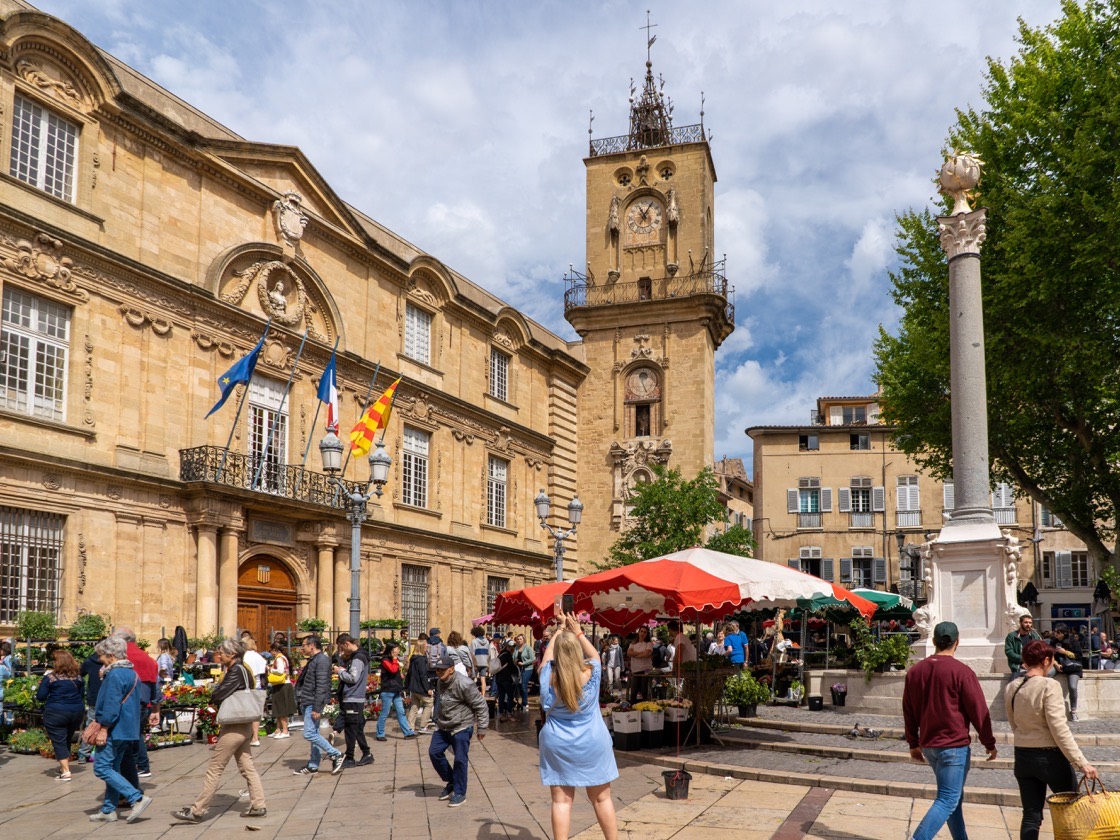
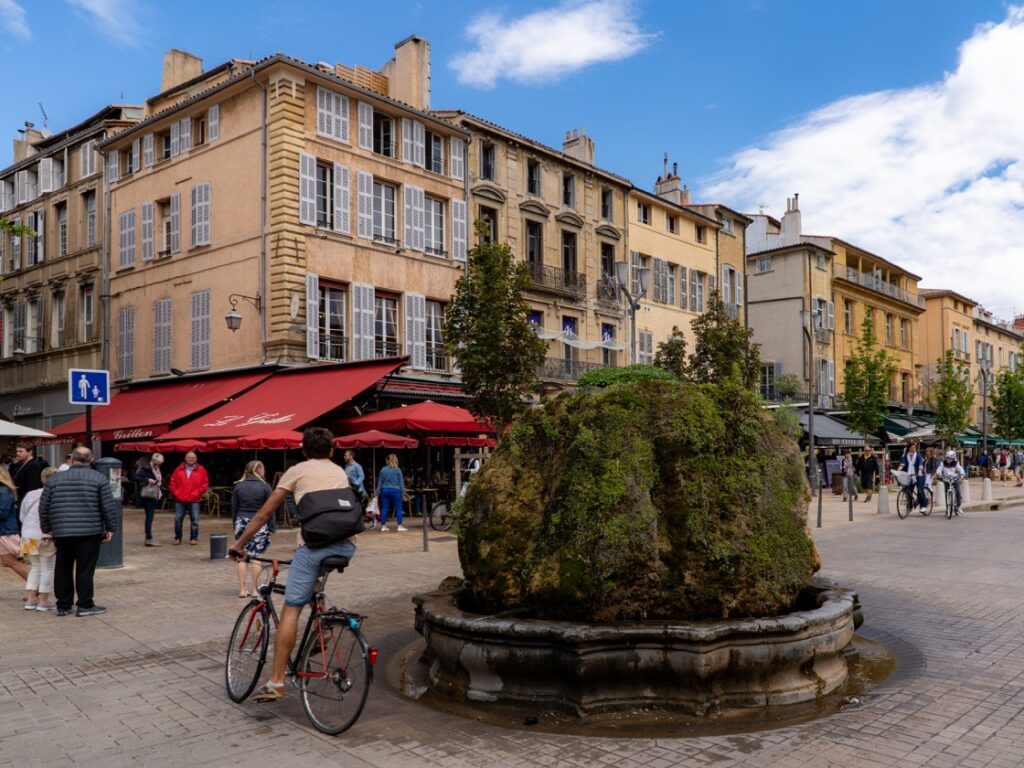
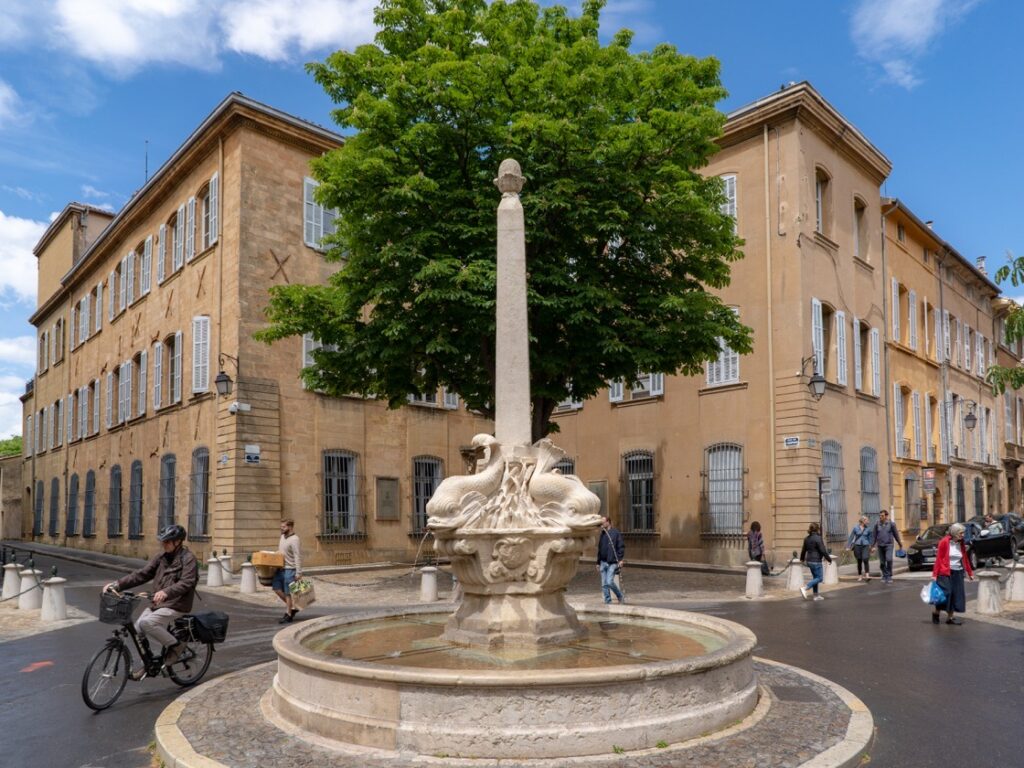
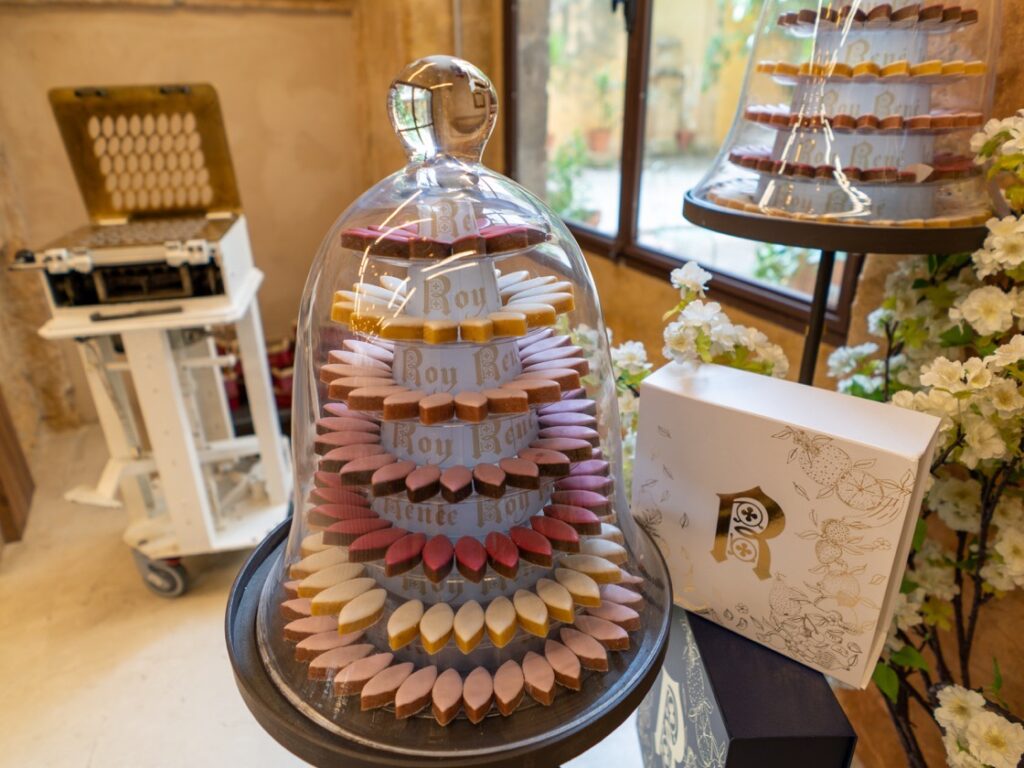
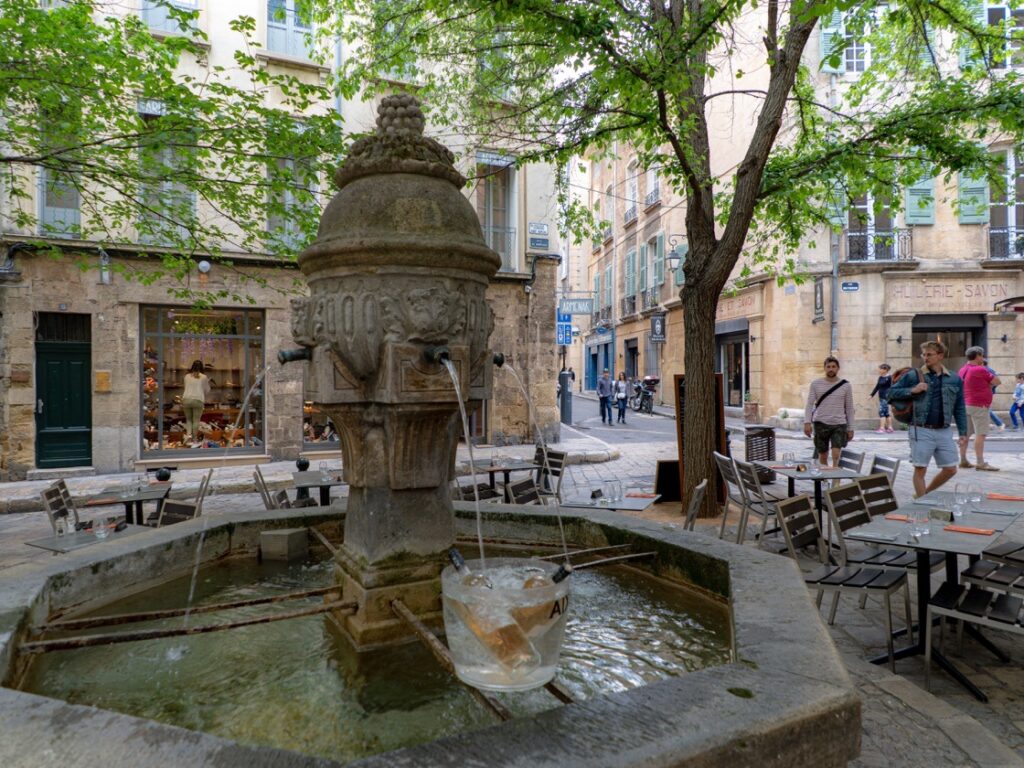




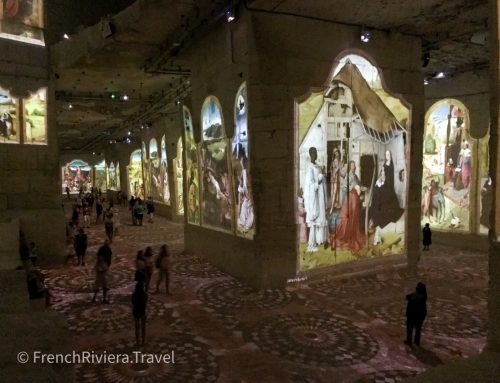
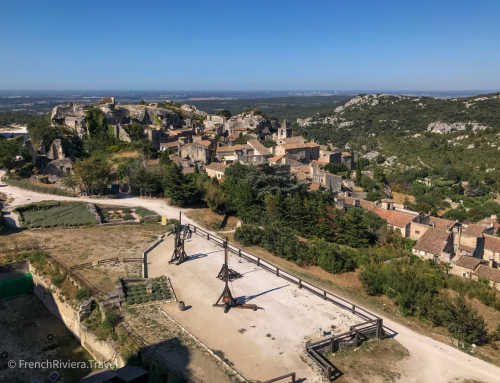

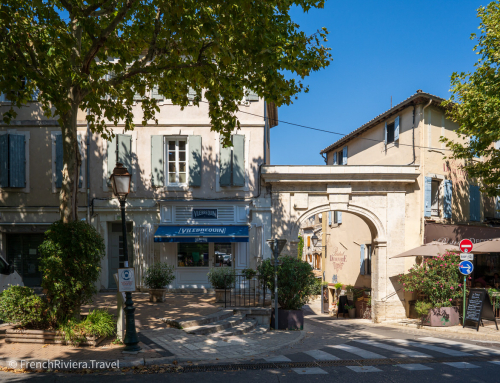


Leave A Comment